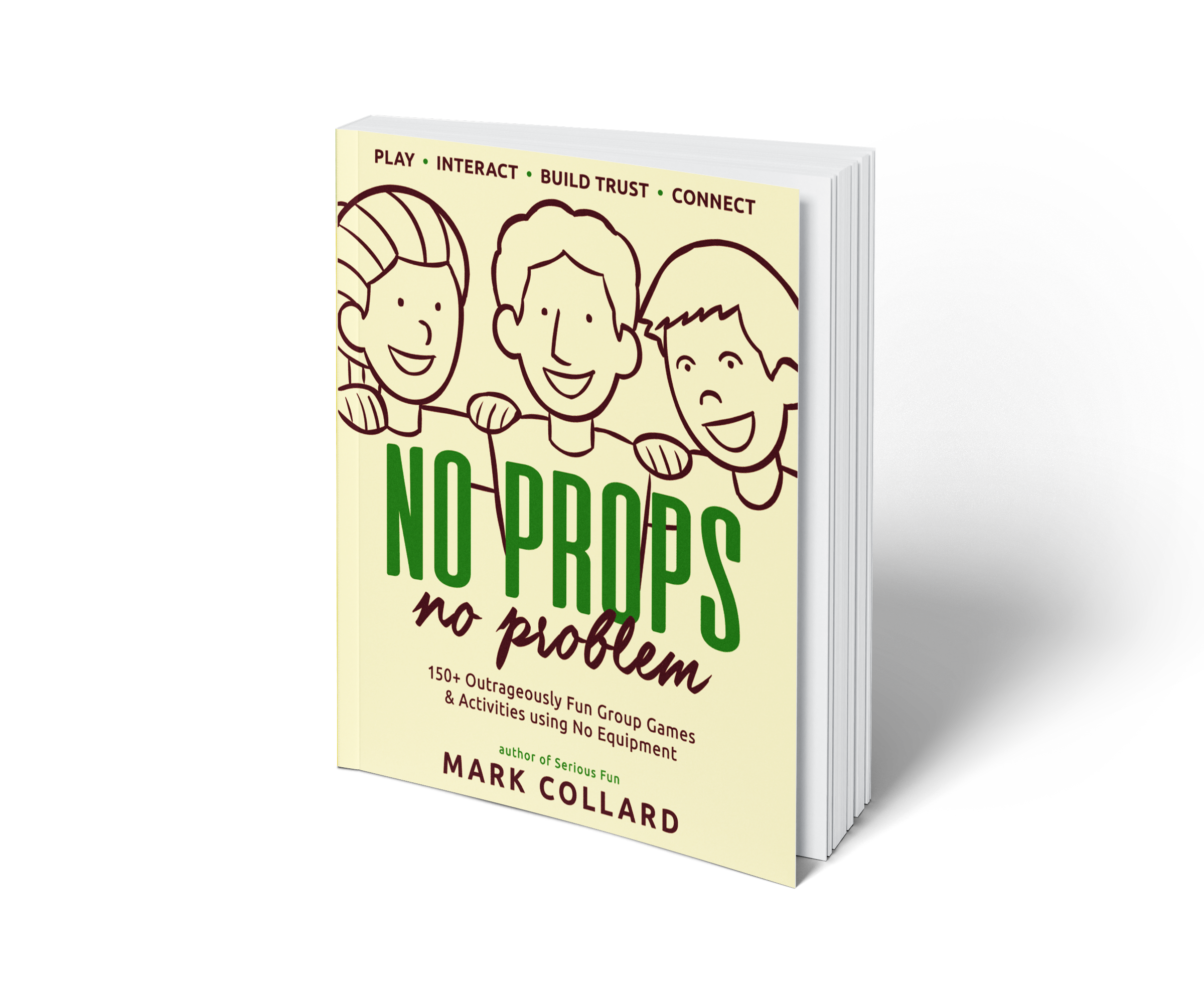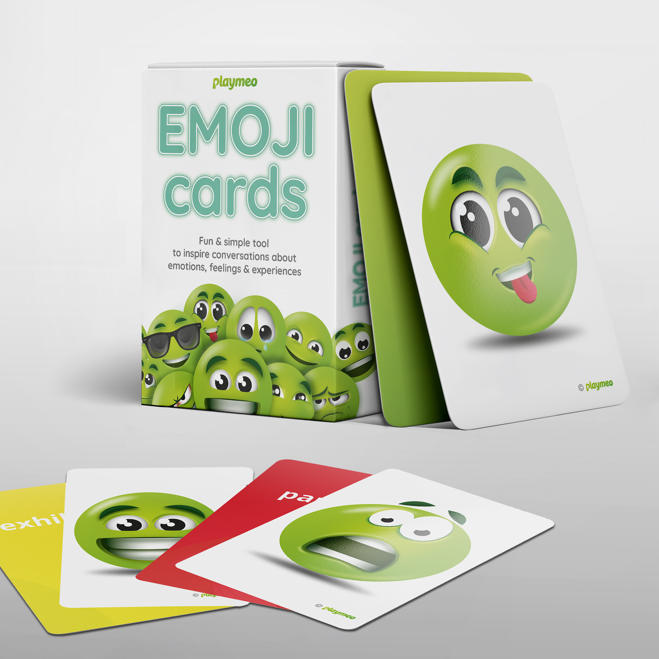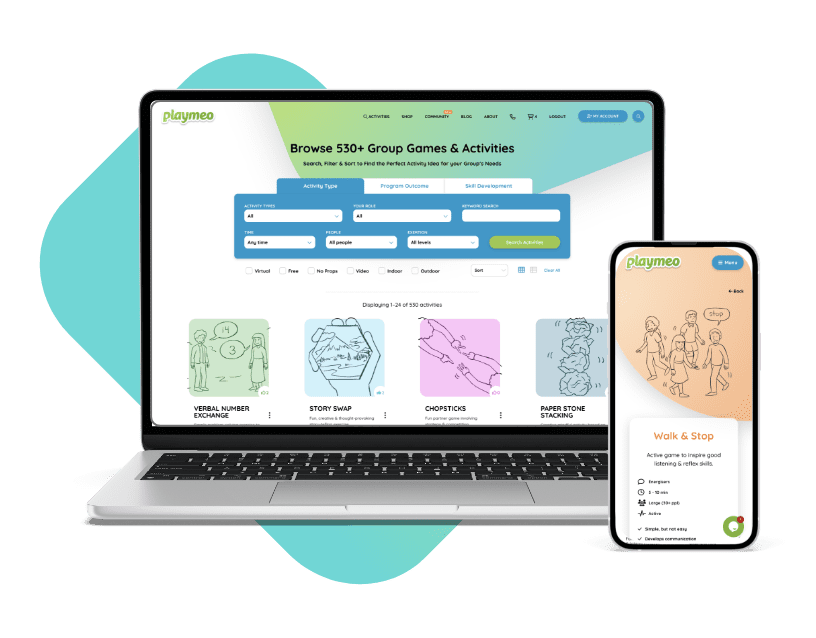Download our free 28-page ebook jam-packed with outrageously fun activity ideas.
Do you present or lead sessions online?
Do you have 2 minutes to digest four quick tips to help you ramp up the engagement of these sessions?
If you answered Yes to both questions, you’re in the right place.
I was inspired to capture a few key thoughts from Chad Littlefield’s recent Engage to Educate series of video tutorials. In one particular episode, I walked away with a bunch of really simple ideas that I’m excited to try out with my next virtual program.
Here are four of my favourite ideas:
1. Ask Before Telling
There’s a real risk when you present to some very experienced people that they may feel like that you (the presenter) are the font of all knowledge, and perhaps you know better (or more than them.) This is rarely the case, but first impressions matter. So, Chad’s advice is to first ask your group what they already know. For example, consider asking your group while they are gathering what they already know and what they are already good at. Invite them to briefly describe these areas of expertise in the chatroom and ask everyone to find a moment or two to peruse the wealth of information. The key here is moving your group from requiring attendance to inspiring attention.
2. Connection Before Content
This has been a familiar mantra of mine for a long time now, and only now I discovered that it is properly attributed to the international renowned consultant & author Peter Block. As Peter says, without relatedness, no work can occur. As identified by Google’s Artistotle Project, psychological safety was identified as the #1 attribute that all successful teams possessed. In other words, the stronger the relationships in your group, the more you can amplify whatever you’re trying to get done. To this end, always, always, always invest a little time and energy to invite opportunities for interaction and connection as a part of your online gatherings.
3. Content Contribution v Consumption
Clearly, if your content is not engaging, you are always going to struggle. To avoid this problem, you want to design your content for contribution rather than consumption. That is to say, consider how your content could invite contributions from your audience, rather than just expect them to sit back and expect to be fed the answers. Chad shares a wonderful scale of engagement to describe five different types of audience: Curmudgeons – Critics – Consumers – Contributors – Connectors. Most of these types are represented will be represented at most of your gatherings, the trick is to engage them. And this can be as simple as, for example, asking your participants to respond to a question you pose in the chatroom such as ‘Tell me what you have learned so far, ‘ or ‘Describe one situation where you have seen this occur.’
4. Closing
As a professional speaker, I know this point to be true. Always go into a presentation know at least two things – how you’re going to start, and what you’re going to say at the end. For me, I like to end on a high and always have one or more ideas up my sleeve to achieve this objective. A personal closing favourite of Chad’s is to ask his audience to respond to one of three prompts: I Am…, I Believe, and I Will… So simple, yet so powerful. Responses of this kind are more likely to be remembered (and make a difference) compared to closing with logistical nonsense that is better shared via a memo or email.
So, what about you?
What ideas do you have that spark engagement and improve online delivery? Please add a comment in the User Comments section below.













Original post July 2021, last updated July 2021.